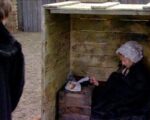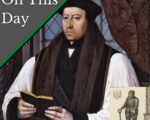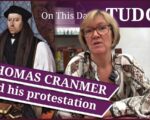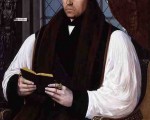
By the early 1540s, England’s religious landscape was a minefield. The dissolution of the monasteries had shaken traditional Catholic structures, and Protestant reformers like Archbishop Thomas Cranmer were pushing Henry VIII’s Church further from Rome.
Not everyone was on board.
A faction of conservative clergy and laymen began working covertly to stop these changes. This movement, known as the Prebendaries’ Plot, was centred around five prebendary canons of Canterbury Cathedral, including William Hadleigh, a former monk of Christchurch Canterbury.
[Read More...]
























